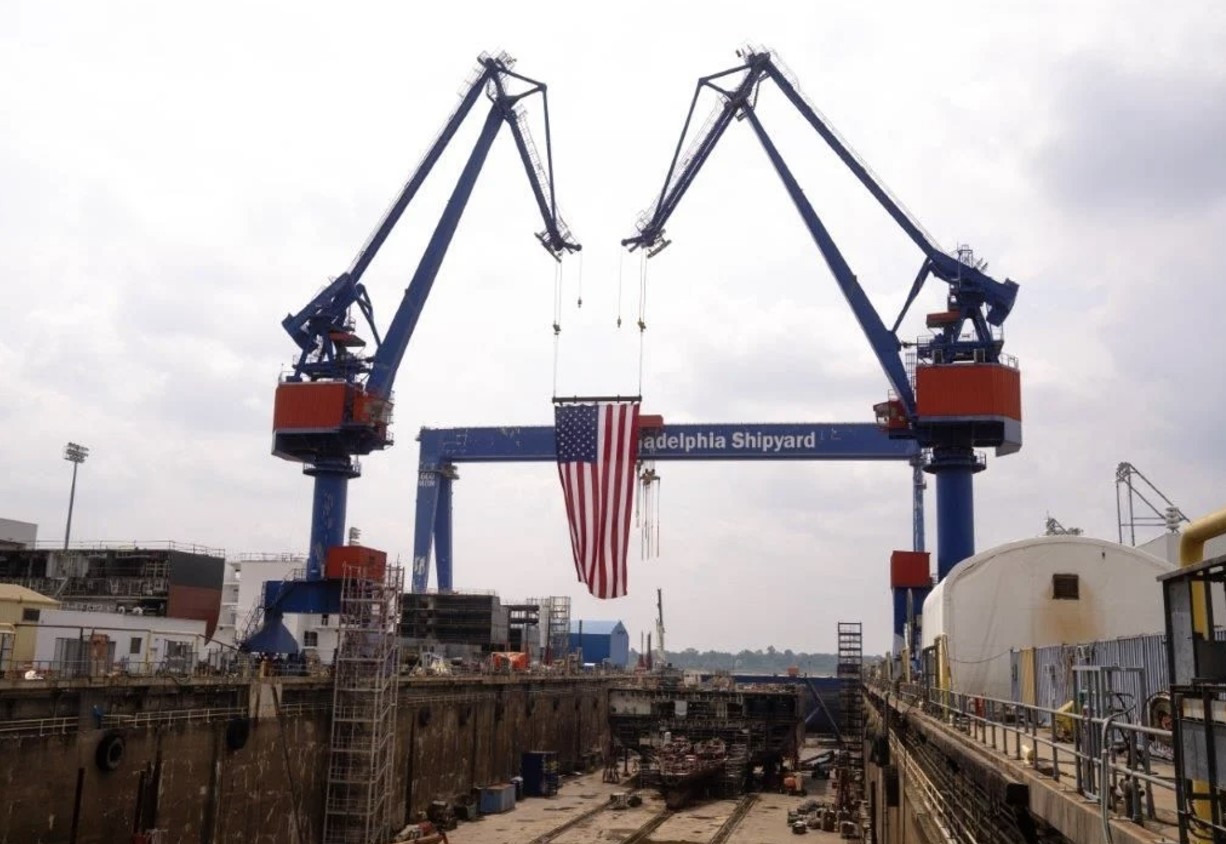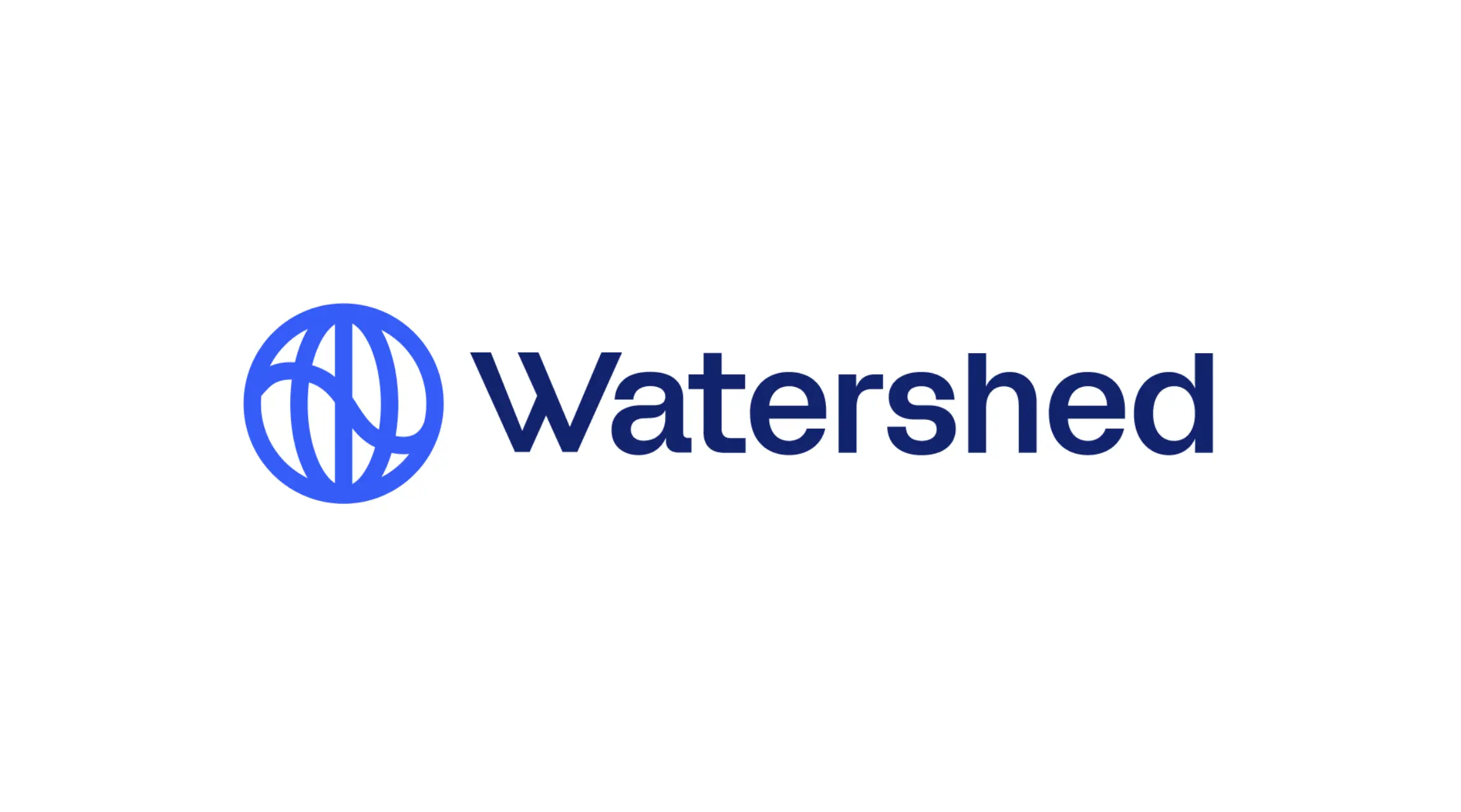
Drones to transport personnel and materials to offshore wind farms
by Staff Writers
Berlin, Germany (SPX) Nov 10, 2023
In a groundbreaking initiative that could significantly streamline operations in offshore wind farms, the German Aerospace Center (DLR) has successfully piloted an unmanned helicopter to autonomously navigate and communicate with wind turbines. This test, a collaboration with the energy supplier Energie Baden-Wuerttemberg AG (EnBW), is a part of the ‘Upcoming Drones Windfarm’ (UDW) project and sets the stage for the upcoming ‘Offshore Drone Challenge’ in June 2024.
The logistical challenges of maintaining offshore wind turbines are substantial; maintenance teams and materials traditionally face long journeys to reach these installations. Drones, with their agility and speed, present a promising solution to these challenges. “For automated use in a wind farm, the drone must therefore exchange information with the turbines,” explained Sebastian Cain from DLR’s Institute of Flight Systems, emphasizing the need for a seamless ‘conversation’ between the drones and the wind turbines to find the optimum path for operations.
In a recent test at the EnBW wind farm in Schwienau, Lower Saxony, the DLR’s small unmanned helicopter, superARTIS, demonstrated this capability. It accounted for various factors such as the operating status of the turbines, weather conditions, and wake turbulence in its flight path. The drone successfully announced its arrival at the turbines and received clearance for a safe approach, showcasing a potential future where such technology could be deployed offshore to enhance the efficiency and safety of wind farm operations.
The implications of this research are far-reaching, with seven commercial drone manufacturers set to build on these findings. These companies will showcase their technologies at the National Experimental Test Center for Unmanned Aircraft Systems in Cochstedt during the ‘Offshore Drone Challenge.’ Anavia, Flowcopter, Flying Basket, HyFly, NEXaero, Unmanned Helicopters, and Volocopter are among the selected participants, which hints at a competitive and innovative environment.
“We will see several firsts in terms of the number and size of the aircraft,” Cain said, highlighting the scale of the upcoming demonstrations. Michael Splett, Head of Offshore Operations at EnBW and a member of the National Drone Council, underscored the importance of integrating drone technology with wind energy for a sustainable energy supply.
The ‘Offshore Drone Challenge’ will be a comprehensive testing ground for relevant flight maneuvers, software, and design modifications required to connect drones and wind farm systems effectively. The focus on conducting these tests on land, rather than at sea, speaks to the emphasis on safety, simplicity, and cost-effectiveness before the technology is applied offshore.
The DLR Institute of Air Transport in Hamburg, along with the National Experimental Test Center for Unmanned Aircraft Systems, plays a vital role in the UDW project, which is supported by the Federal Ministry for Economic Affairs and Climate Action.
In conclusion, the advancements in drone technology showcased by the DLR and EnBW are set to make significant strides in the maintenance and operation of offshore wind farms. While the project’s immediate goal is to facilitate the transport of materials, the vision extends to the transportation of personnel, marking a new horizon in renewable energy operations.
Scores:
1. Energy Industry Analyst: 8/10
2. Energy Finance Analyst: 6/10
3. Energy Policy Maker: 7/10
4. Energy S and T Professional: 9/10
Analyst Summary:
The development of drone technology for the maintenance and operation of offshore wind farms is a significant innovation in the energy sector. From an industry analyst’s perspective, this technology is crucial as it could revolutionize maintenance logistics, potentially reducing costs and downtime for offshore wind turbines. Financial analysts may give this a moderate score since the long-term cost savings and ROI are not immediately clear without further data on implementation costs and savings.
Policy makers are likely to view this development favorably as it aligns with sustainable energy goals and could streamline the operations of offshore wind farms, which are a growing part of the renewable energy portfolio. S and T professionals in the energy sector are likely to rate this highly due to the technical advancements it represents in integrating unmanned systems with renewable energy infrastructure.
This initiative draws parallels with historical shifts in the energy sector, such as the adoption of remote monitoring technologies in the oil and gas industry, which also aimed to enhance efficiency and safety. The collaboration between research institutions and commercial enterprises is reminiscent of the early days of renewable energy adoption, where public-private partnerships were key to technological advancements.
Comparing to the energy industry over the last two decades, there is a clear trend towards innovation aimed at reducing the carbon footprint and operational costs. The focus on drones for wind farm maintenance is consistent with the industry’s trajectory of increasing automation and utilization of AI for predictive maintenance.
Criteria for relevance scoring could include the technological advancement’s potential to reduce costs, its impact on energy efficiency, the immediacy of its application, and its potential to be a transformative solution in the energy sector.
In terms of international implications, this development fits into the global trend towards increased renewable energy usage and the integration of advanced technologies to optimize their operation. It also ties into the broader narrative of digitization and automation in various sectors.
Investigative questions might include:
1. What are the projected cost savings for offshore wind farm operations using drones?
2. How will this technology impact the workforce currently employed in offshore maintenance?
3. What regulatory hurdles must be overcome to implement this technology broadly?
4. How can drone technology further enhance the safety of offshore wind farm operations?
5. What are the environmental impacts of introducing drones into offshore ecosystems?
Related Links







